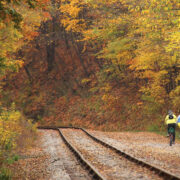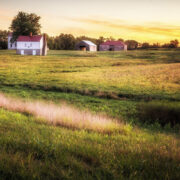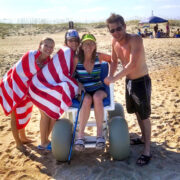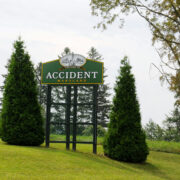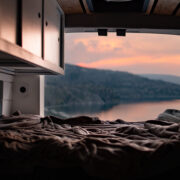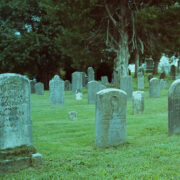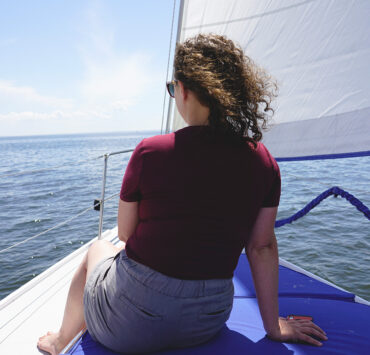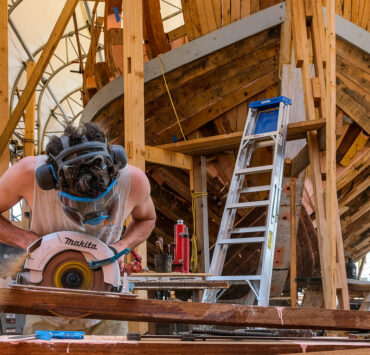Log Canoe Sailboat Races: A Thrilling Chesapeake Tradition

The pop of the starter’s gun sounded across the water to signal the start of the Miles River Yacht Club’s Centennial Cup 4th of July Series. I was among the approximately 20 spectators and crew aboard the Chesapeake Bay Maritime Museum’s Winnie Estelle, a restored 65-foot long buyboat built in 1920, to watch the first of the weekend’s three log canoe sailboat heats.

Log canoes are watercraft unique to the Chesapeake Bay that evolved from the dugout canoes utilized by the Bay’s indigenous people. They’re created when logs are sliced lengthwise into smaller pieces and joined and shaped to form a hull. The decks are topped with a pair of masts up to 60 feet tall and packed with as much as 1,500 square feet of sails.
The log canoe became the workhorse of the Chesapeake shortly after European settlement and was used for transportation, fishing, and oystering. More than 6,000 were counted in the 1880 U.S. Census. Inevitably, watermen began to race each other back to shore to see who had the fastest boat, and the canoes began to gain popularity as a pleasure craft. The first recorded log canoe regatta took place in 1859 near St. Michaels. The gasoline engine’s rise in popularity in the early 1900s led to the demise of the log canoe’s use as a workboat. Today the fleet of approximately 20 log canoes is maintained by a fervent group of owners and crew who race on summer weekends as part of a circuit on the Eastern Shore of Maryland. The majority of boats are more than a century old, with the oldest dating to 1882.
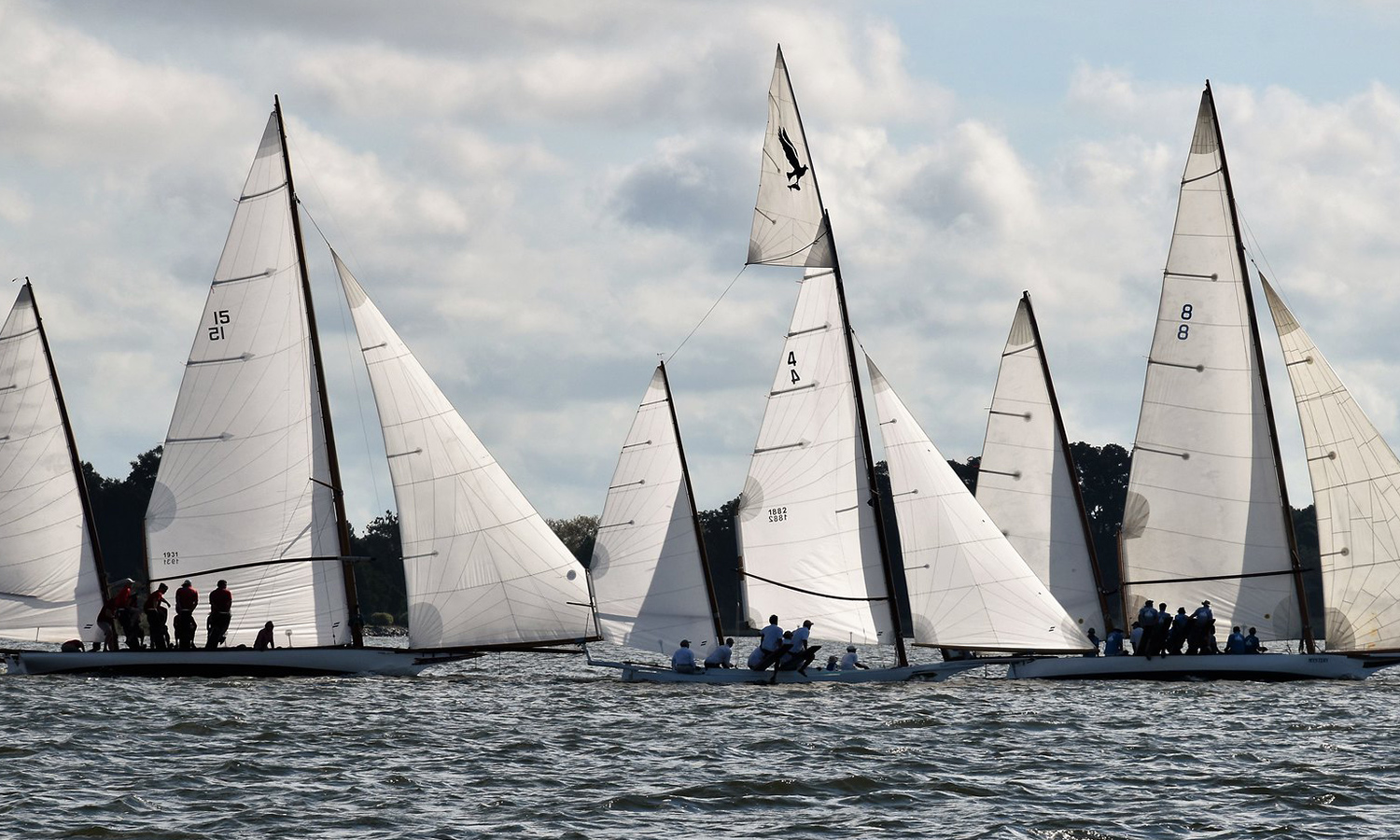
Log canoe owners often pass them down to their kin like how families bequeath jewelry and quilts, and some boats have been in the same family for three generations. Each is unique. “There are some that are pretty similar, built by the same builder to the same half model,” said Pete Lesher, chief curator at the CBMM and a log canoe sailor. “But they developed in their own direction — like two row houses built next to each other 100 years ago that don’t look alike anymore.”
On race day, puffy clouds scrolled across the mostly sunny sky, and temperatures were in the low 80s with high humidity, but I didn’t break a sweat sitting under Winnie Estelle’s covered deck thanks to the wind that blew almost 20 miles per hour, or about 17 knots. But while the stiff breeze kept me comfortable, it didn’t make for ideal log canoe sailing conditions and the boats were unable to display their full complement of sails. “In the summer on the Chesapeake the wind is often pretty light, so these boats have developed for those conditions,” Lesher said. “Once you hit about 15 knots, these boats are maxed out.”
Canoes, as anyone who has paddled one can attest, require careful balance. Log canoe sailboats are no different. In order to keep them upright when switching direction, the crews perch on movable wooden planks called springboards that are extended off the side to provide human ballast. What happens if a boat heels too much? Splash.
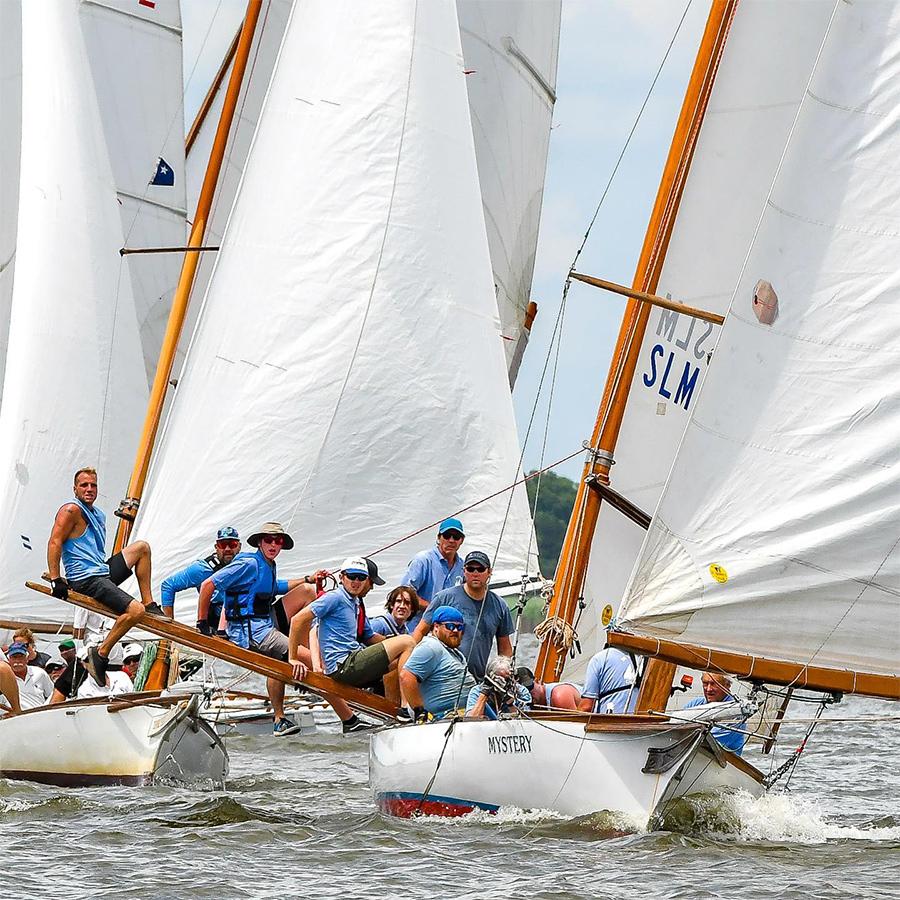
Bufflehead, a log canoe completed in 2015 by CBMM’s shipwrights and owned by the museum, was the favorite among my fellow race observers. At 24 feet long, she is the smallest log canoe in the racing fleet and only requires four crew members to sail. In contrast, Jay Dee, the largest log canoe, is 36 feet long and holds up to 18 sailors. A handicapping system that dates to the late 1800s and based on boat length and width allows the two boats to compete in the same regattas.
The Winnie Estelle could not float too close to many of the race marks in the Miles River because of the low tide. Nonetheless, we often had good views of the ballet playing out on the canoes as the skippers shouted orders to the boardmen who scrambled up and down the springboards and strained to raise and lower sails.
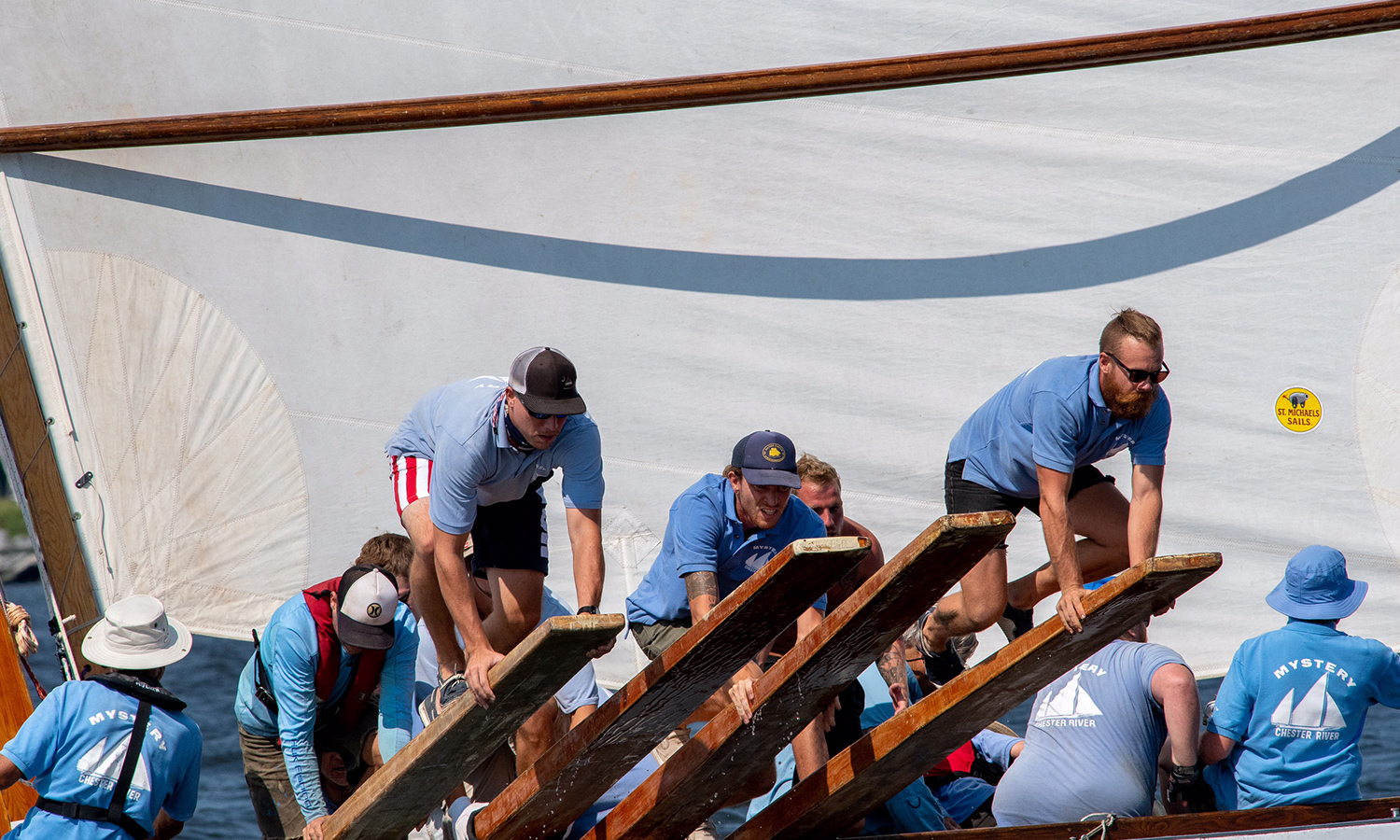
Julie McCahill, a CBMM volunteer, peered through her binoculars and provided race updates. Early on, she spotted a capsized canoe in the distance. It was Bufflehead. A collective groan emanated from Winnie Estelle. David would not beat the Goliaths that day.
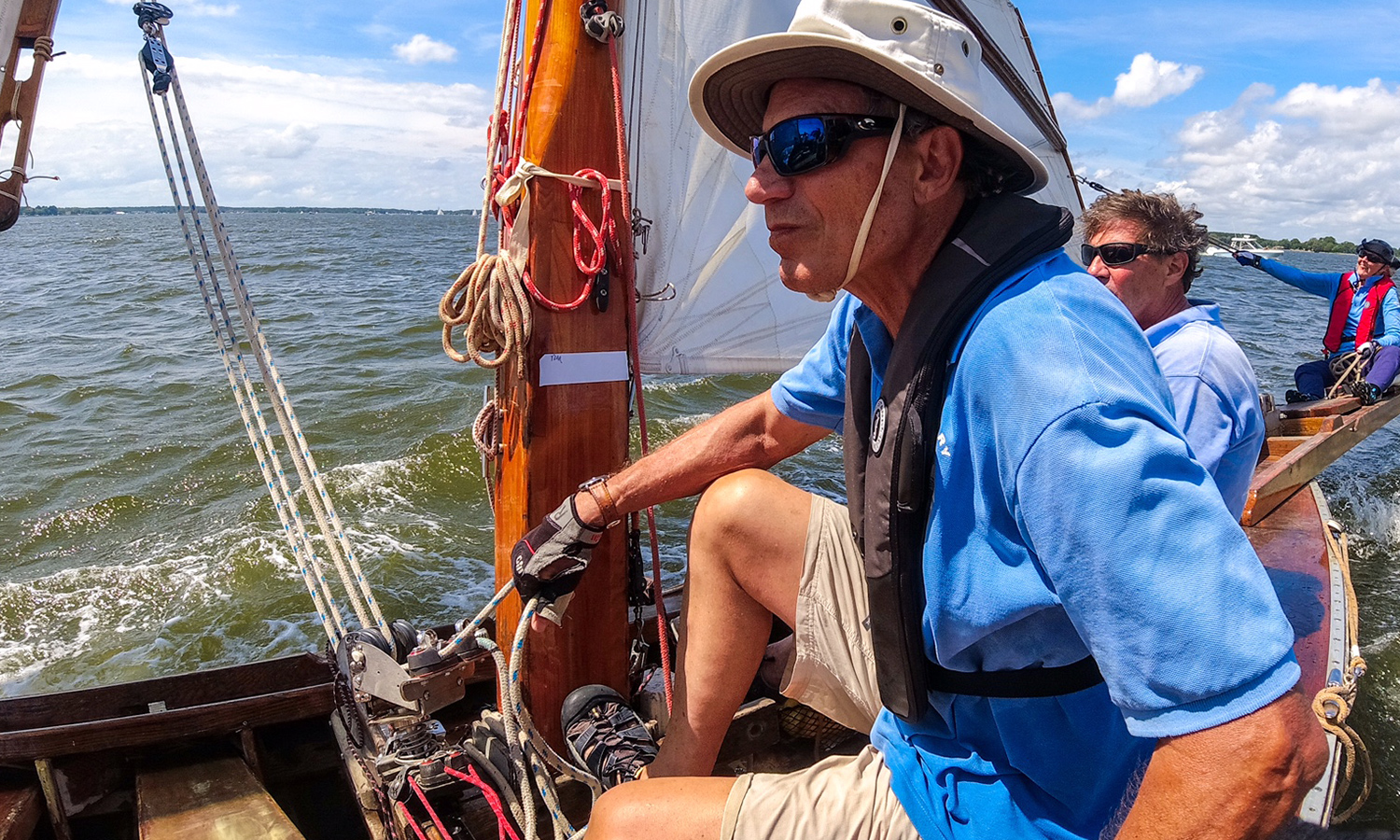
We had a front-row seat to another capsize as we returned to the CBMM after nearly two hours on the water. Flying Cloud jibed with the wind at her back, and the boardmen scurried to transfer the springboards from port to starboard to counterbalance the severely leaning vessel. Before they could do this, the foresail smacked the water and crumpled onto the surface. The watercraft toppled to her side, which forced the sailors to plunge into the choppy river. Each log canoe is required to have a motorized support boat, and Flying Cloud’s was on the scene to make certain the soaked crew was OK before they began the process to remove the boat’s rigging, right the boat, and tow her back to shore.
The rusty crews and heavy air made for a challenging heat, and of the eleven log canoes that began the race only five finished. Nevertheless, the sailors were elated to be back on the water among their comrades to compete in one of Maryland’s unique sporting traditions. “People were so glad to be seeing each other again,” Lesher said. “It was like a big, old reunion.”
If you go
The log canoes race on many summer weekends in regattas off St. Michaels, Centreville, Rock Hall, Oxford, and Cambridge. The CBBM in St. Michaels holds race viewing cruises aboard the Winnie Estelle. See the museum’s events calendar for more information. The CBBM also has log canoes on display, including Bufflehead. For the latest information on racing see the Log Canoe Sailors group on Facebook.
Lead Photo: Courtesy of the Chesapeake Bay Maritime Museum
About the Author
Chris Berger
Chris Berger works as an urban planner and is fond of Maryland’s historic architecture, nature, and sporting traditions. He lives in Montgomery County with his wife, daughter, and dog. You canfollow him on Instagram @cjberger1.


